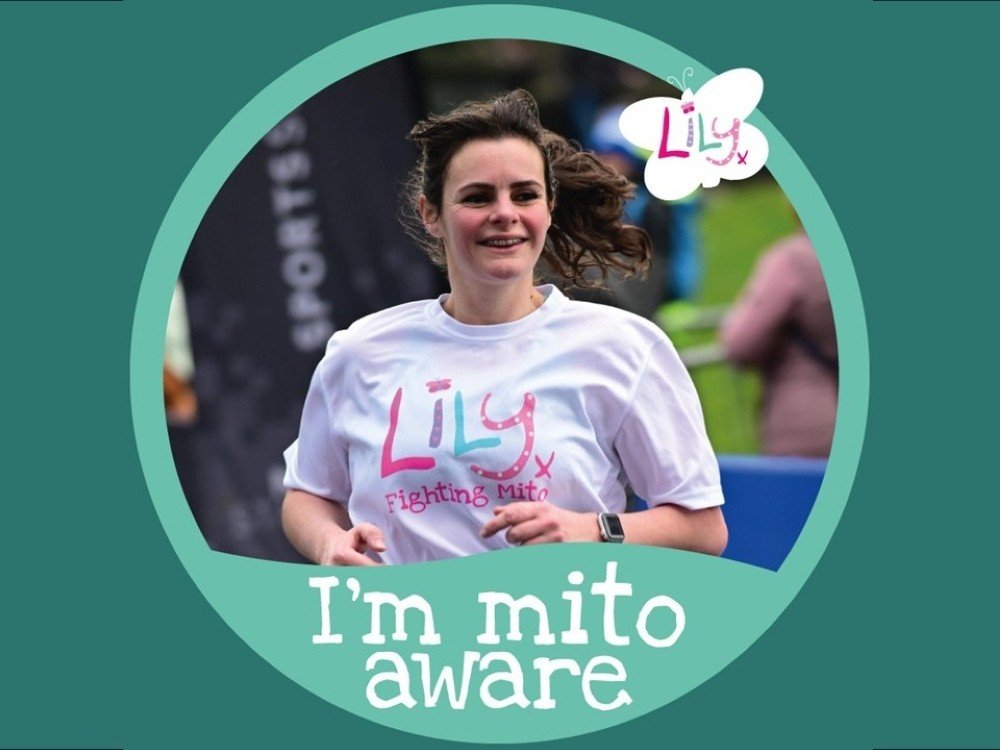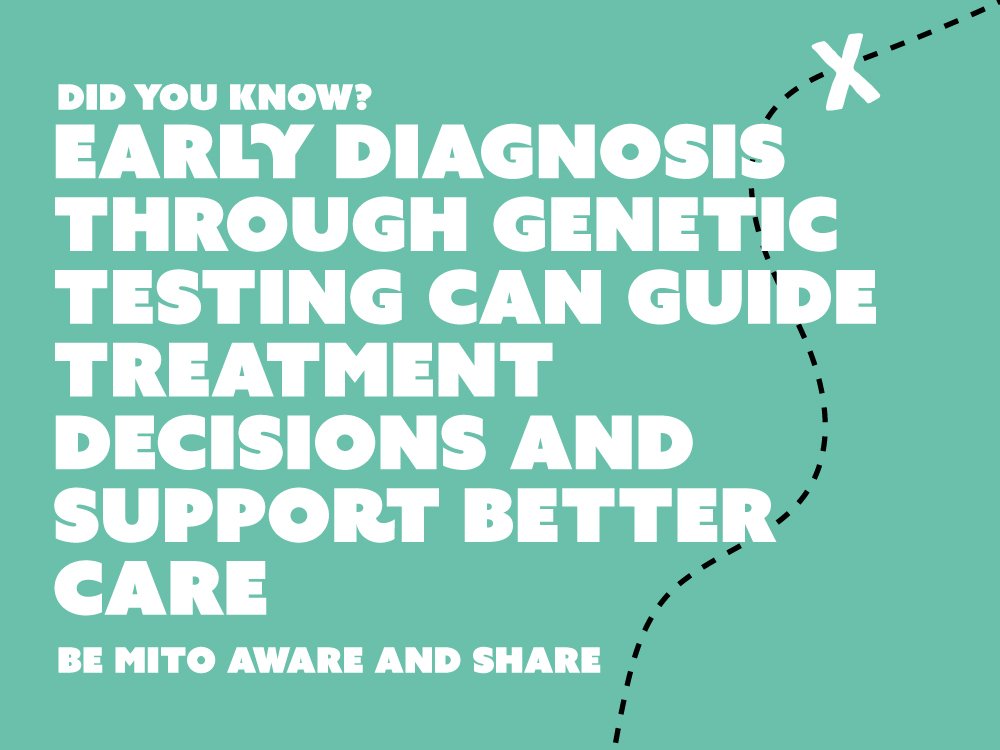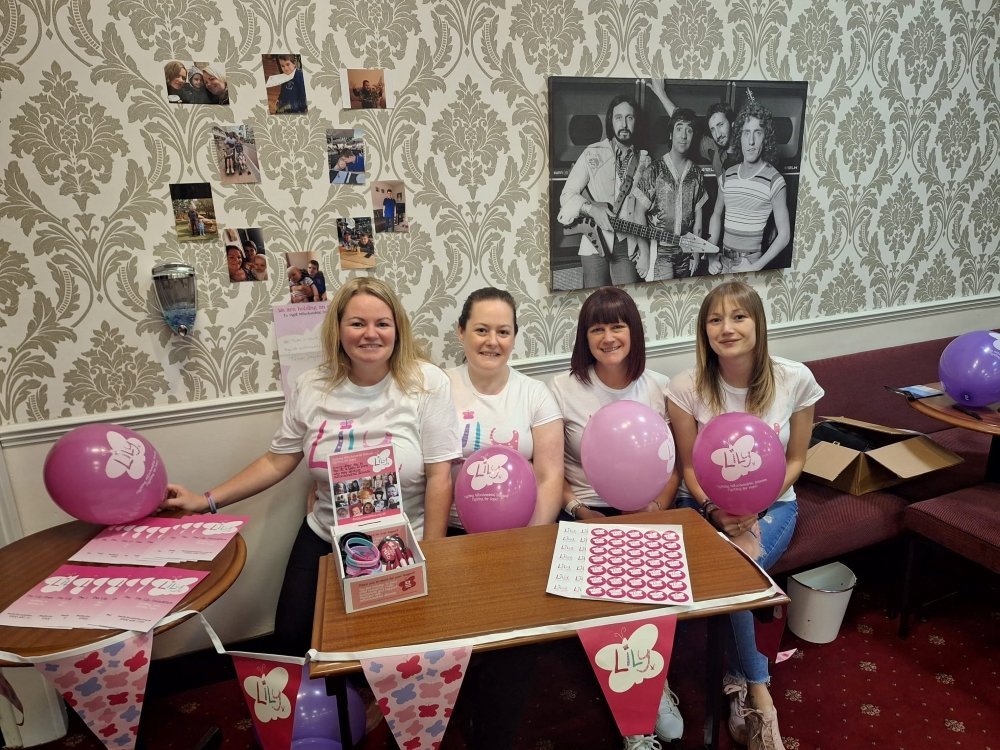1. Awareness leads to earlier diagnosis and increased detection rates
Educating healthcare professionals about mitochondrial disease reduces the likelihood that early symptoms of the disease are missed in patients. This is especially important given that mitochondrial disease can affect any organ in the body, leading to a wide range of symptoms that can be easily confused with other illnesses (e.g. liver or heart disease). Early screening for mitochondrial disease reduces the risk of patients being misdiagnosed and having to suffer months – sometimes years – of confusion, uncertainty and misdirected clinical treatments.
2. Awareness helps drive research
The best way to find a cure for mitochondrial disease is through research. Over the last 20 years, worldwide studies into mitochondrial disorders have led to major advances in areas such as fertility treatments and genetic diagnostics, as well as the development of potentially life-changing therapies. Scientists have also found evidence linking mitochondrial disease to other serious illnesses such as autism, diabetes, Parkinson’s and Alzheimer’s. The more we learn about mitochondrial disease, the more it becomes evident that research in this field is vital and worthwhile. Communicating this message is a big part of raising awareness.
3. Awareness helps improve access to treatment
The more visibility a rare disease has, the more urgency there is to approve and distribute life-changing therapies. One powerful example is the new Centre for Rare Mitochondrial Diseases established by LifeArc, which aims to fast-track the development of treatments from bench to bedside in just five years. With increased awareness and support, initiatives like this have the potential to transform the landscape for mitochondrial disease sufferers.
4. Awareness creates real and positive change
In 2015, The Lily Foundation successfully lobbied to change UK law on mitochondrial donation, an IVF technique that makes it possible for women with some forms of mitochondrial disease to have children without the condition. This triumph was only possible thanks to years of determined campaigning, from grassroots initiatives to the highest level of government, and has since led to successful procedures and published research confirming its potential. Jane Ellison, Parliamentary Under Secretary for the Department of Health at the time, said: “I want to pay tribute to The Lily Foundation, a charity founded by families who have lost their children to serious mitochondrial disease, and who have shown us the human suffering behind this scientific advance.”
5. Awareness helps secure grants
The more people know about mitochondrial disease, the more likely it is that funding organisations will award grants to charities that support those who are affected. For example The Lily Foundation was recently granted over £20,000 from a Bristol-based organisation to fund the Kids Club element of our Family Support Weekend. Keeping mitochondrial disease in the public spotlight, and highlighting the devastating impact it has on people’s lives, helps ensure that grant applications of this kind are successful.
6. Awareness drives public donations
This might seem like an obvious one, but it’s too important not to mention. Like most small charities, The Lily Foundation depends almost entirely on donations from members of the public and businesses in order to do its work. Grassroots fundraising – from sponsored sports events to collection tins, cake sales and coffee mornings – is our lifeblood, and awareness raising is vital to its success. That’s why it’s so important to get mitochondrial disease in the spotlight.
7. Awareness connects people
Raising awareness is rarely something you do alone. People can achieve amazing things when they work towards a common purpose, and the feeling of togetherness that results from that is a reward in itself. An awareness-raising project often starts at home and then grows to involve extended family, friends, work colleagues and even total strangers. New friends are made, and people affected by mitochondrial disease who may previously have felt isolated are brought together.
8. Awareness destigmatises the disorder
Ignorance about serious illness and disability can breed fear and intolerance, which in turn leads to stigmatisation. The best way to counter this, and the social isolation that results from it, is through education and information. Raising awareness about mitochondrial disease sheds light on the everyday challenges faced by those who are affected, leading to greater understanding and empathy. If your awareness-raising project leads to just one more person learning something new about mitochondrial disease, then a positive change has been made.
9. Awareness builds community resilience
When people understand mitochondrial disease, it strengthens the entire community, from patients and families to healthcare providers and advocates. Awareness empowers individuals to speak up, share their experiences and support one another. It creates a sense of solidarity and purpose, helping the community not only cope with challenges but also push for better care, greater recognition and lasting change – together.
10. Awareness multiplies impact
When The Lily Foundation was founded in 2007, few people had heard of mitochondrial disease. Diagnosis was something of a lottery, and there was barely any support or information available for those affected. Fast forward to today, and the picture is much brighter. Every conversation, social media post or local event has the power to reach someone new, whether it’s a future donor, researcher, policymaker or family affected by mito. These small moments build momentum, creating a ripple effect that spreads the message further and inspires others to get involved. The more people who know about mitochondrial disease, the greater the collective force behind change – whether that’s in funding, advocacy or scientific discovery.
How can I get involved?
Signing up to a charity event or challenge, or organising your own, is one of the best ways to raise awareness about mitochondrial disease. Browse our events page for inspiration.
Social media is a powerful tool for raising awareness. Share Lily posts, or post about your own experience of mito using the #MitoAware hashtag.
If you’ve been personally affected by mitochondrial disease, you can also approach your local newspaper or radio station with your story. Let them know that World Mitochondrial Disease Week is coming up and ask them to help spread the word.
Visit our online shop for t-shirts, gifts and other merchandise to help raise awareness. A Lily bear, baseball cap or water bottle can start a whole conversation about mito!
Subscribe to our newsletter, or follow us on our social channels, to keep informed about our awareness raising activities during World Mitochondrial Disease Week.
Here are some more fun and exciting ways you can make a difference in the fight against mito, wherever you live:




